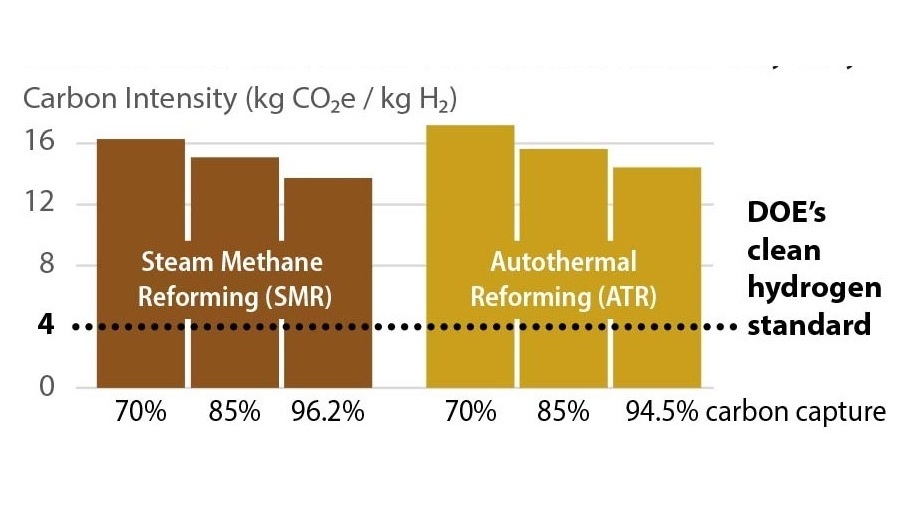
Investors urged to drop blue hydrogen as climate solution despite IRA tax credits
Despite growing investor interest for blue hydrogen in recent months, often cited as a credible renewable investment option, the combination of natural gas and heated water in the form of steam as an energy source is "neither clean nor low carbon and is not a solution to the global climate crisis."
That is the conclusion in a new report from the Institute for Energy Economics and Financial Analysis (IEEFA), a think tank on the energy transition.
"Without offering any proof, advocates repeatedly tout blue hydrogen as a clean, low-carbon way to produce energy from methane or coal, while reducing the world’s greenhouse gases emissions," the IEEFA warned.
IRA tax credits
The report argued that the U.S. government significantly understates the impact of producing hydrogen from fossil fuels on global warming.
Researchers criticise the tax credits that investors in blue hydrogen solutions and firms are offered under the Inflation Reduction Act (IRA), a major net zero policy of U.S. President Joe Biden.
The law is creating unprecedented investment opportunities in renewables for investors seeking to enter or expand into clean energy and low-carbon tech and infrastructure.
Blue hydrogen takes a prominent legislative framework that was designed to boost green investments.
"The hype for blue hydrogen has spread across the United States, thanks to backing from the fossil fuel industry and incentives from the U.S. government," said David Schlissel, IEEFA director of resource planning analysis and co-author of the report.
He pointed out that the IRA and related policy documents assume that just 1% of the methane being used to produce hydrogen will be emitted into the atmosphere between the well and the production facility.
"This is far less than recent peer-reviewed scientific analyses have found and that has been identified by airplane and satellite emission surveys," Schlissel said.
"It focuses solely on the 100-year Global Warming Potential (GWP) of methane, a very potent greenhouse gas."
He added: "This significantly understates methane’s environmental impact on global warming, since its 20-year GWP is more than 80 times that of carbon dioxide while its 100-year GWP is much lower."
"Even using very favourable assumptions, it is clear that blue hydrogen fuel is simply not low-carbon."

The report adds that "contrary to scientific evidence, it is assumed that hydrogen does not have any effect on global warming when it leaks into the atmosphere."
"This belief relies on the overly optimistic and unproven assumption that hydrogen production projects will be able to capture almost all of the carbon dioxide they create," the report concluded.
Schlissel said that “if the U.S. Department of Energy used more realistic numbers in its analyses, it would be clear blue hydrogen is an extremely dirty alternative."
He warned investors today that "the reality is, blue hydrogen is not clean or low- carbon. Pursuing this technology is wasting precious time and diverting attention from investing in more effective measures to combat global warming like wind and solar resources, battery storage and energy efficiency.”
Schlissel explained that his team analysed the carbon intensity of blue hydrogen over a range of possible future methane emission rates, hydrogen leakage, and the effectiveness of carbon capture.
"But even using very favourable assumptions, it is clear that blue hydrogen fuel is simply not low-carbon," he said.
According to co-author and IEEFA analyst Anika Juhn, “there is significant risk that funding of blue hydrogen projects by the government and investors actually will make global warming worse by encouraging the building of projects that will emit large amounts of greenhouse gases into the atmosphere for decades.”
Also read
IRA to hand investors $30 trillion in renewables opportunities




